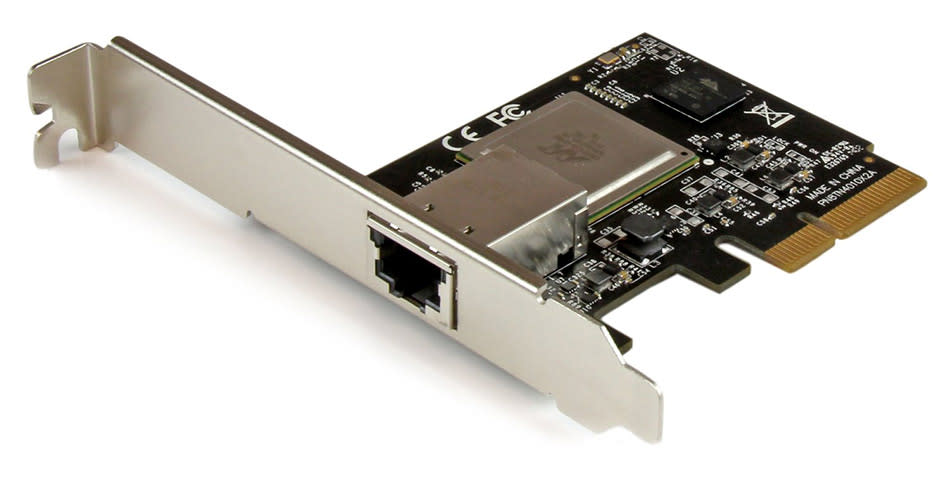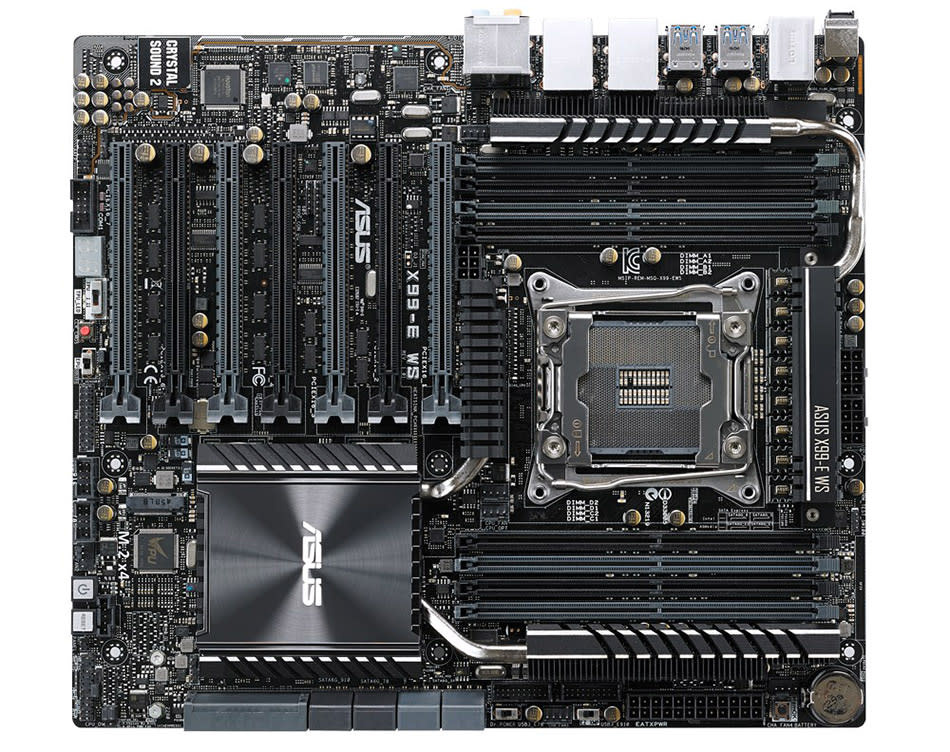Getting a 10Gbps broadband plan: 4 other investments you need to make first
Note: This article was first published on 4th February 2016.
Getting ready for a 10Gb/s connection can be an expensive affair
By now, you should have heard about the three 10Gbps home broadband plans from M1, Singtel and SuperInternet.
Of course, not everyone needs such a high-speed connection. But for those who’ve a use for it, these latest announcements are exciting indeed.
But here's the thing: beyond the simple act of signing up and paying the monthly subscription fee, there could be several other investments and preparations you may need to make first to ensure a pleasant experience at the end of the day. What are they? Let's find out.
1.) You need at least Cat 6 cabling
A wired connection is a must if you wish to get anywhere near the claimed 10Gbps speed. For 10-gigabit Ethernet (10GBASE-T), you need at least Category 6 cabling, which generally costs about S$4 or so per meter.
For even better performance, improved alien crosstalk characteristics, and especially if you need to run a longer distance (say, up to 100 meters) between the ONU (optical network unit) or ONR (optical network router) and computer, go for Cat 6A cabling instead.
2.) You need a 10GBASE-T network interface card or adapter

Your computer also needs a 10GbE port, and if it doesn’t have one, you may need to get a 10GBASE-T network interface card (NIC), which doesn’t come cheap.
As highlighted by a reader, one of the cheaper 10GbE NICs one can get at the moment is this StarTech ST10000SPEX; and even then, this card costs US$313 (cheaper on Amazon). Another ‘affordable’ 1-port 10GbE card is this P2E10G-1-T from SmallTree, which costs US$595.
For Mac users, if your Mac supports Thunderbolt 2, you can get this Promise SANLink2 Thunderbolt 2 to 10Gb/s Ethernet adapter. The price? A cool S$819.
3.) To use a 10GbE NIC, your motherboard must also be up to mark

Your computer also needs to be fairly modern and high-end to support a 10Gb/s connection. In fact, most systems that run 10GbE are servers and high-powered workstations.
Before you even rush out to buy the NIC, first check if your motherboard supports the NIC you want to get. A 10GbE NIC typically requires a PCI Express x4 or higher slot.
Heck, if the stars don’t align, you might even need to change your motherboard, such as one of these Intel X99-based ones.
4.) Oh, a fast processor and PCIe SSD, too

To sustain the insane speeds, you need a fast system; there’s a reason why Singtel lists an Intel Core i7 as a minimum system requirement.
You should also try to avoid storage speed bottlenecks, so get a high-end PCIe-based solid-state drive (SSD) while you’re at it. Why do I say that? Consider this: a 10GbE connection can hit a speed of about 1,200MB/s. The Samsung SSD 950 Pro, for example, tops out at 2,500MB/s and 1,500MB/s for reads and writes respectively. The just 1-year-old midrange SSD 850 Evo only hits around the 500MB/s range.


